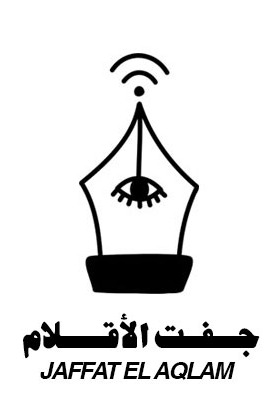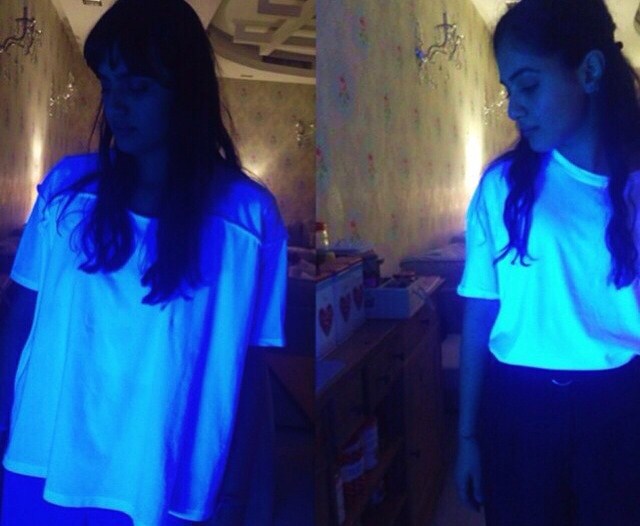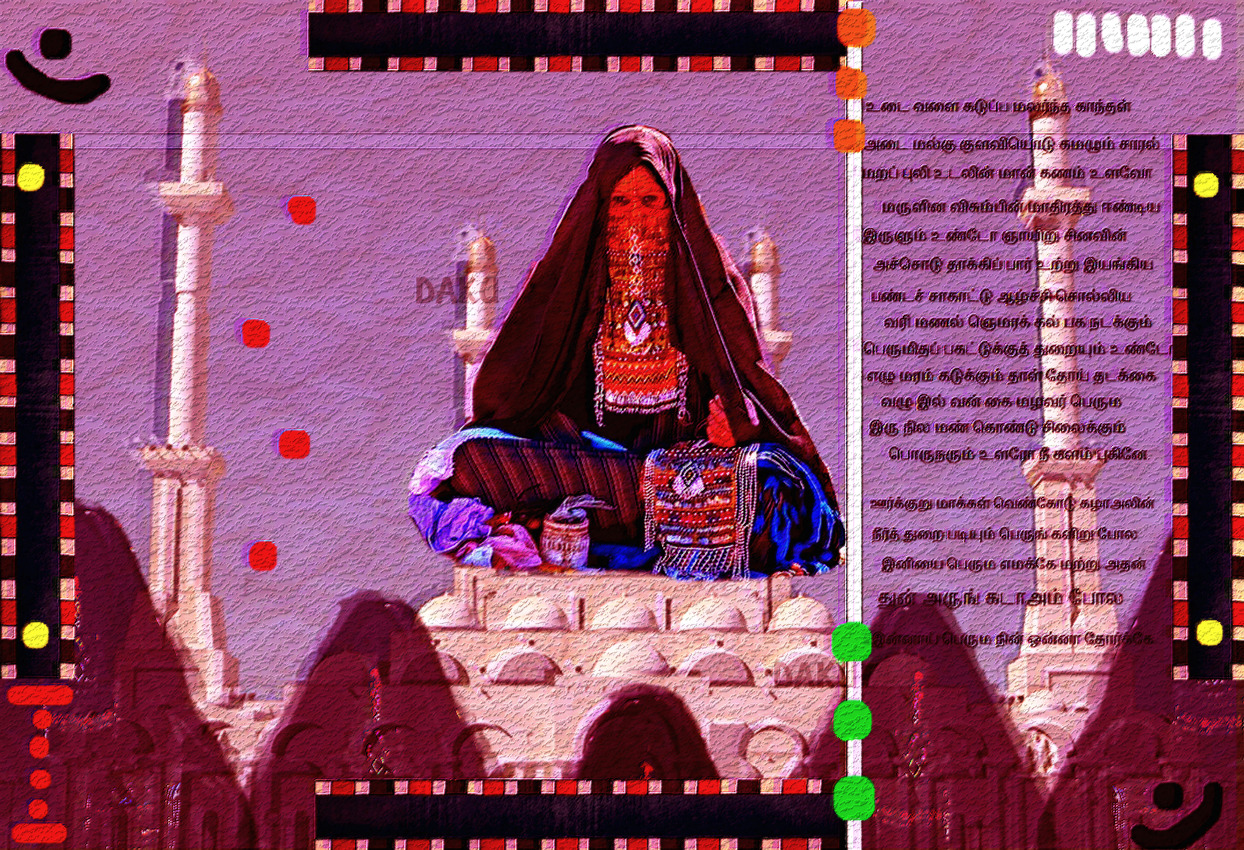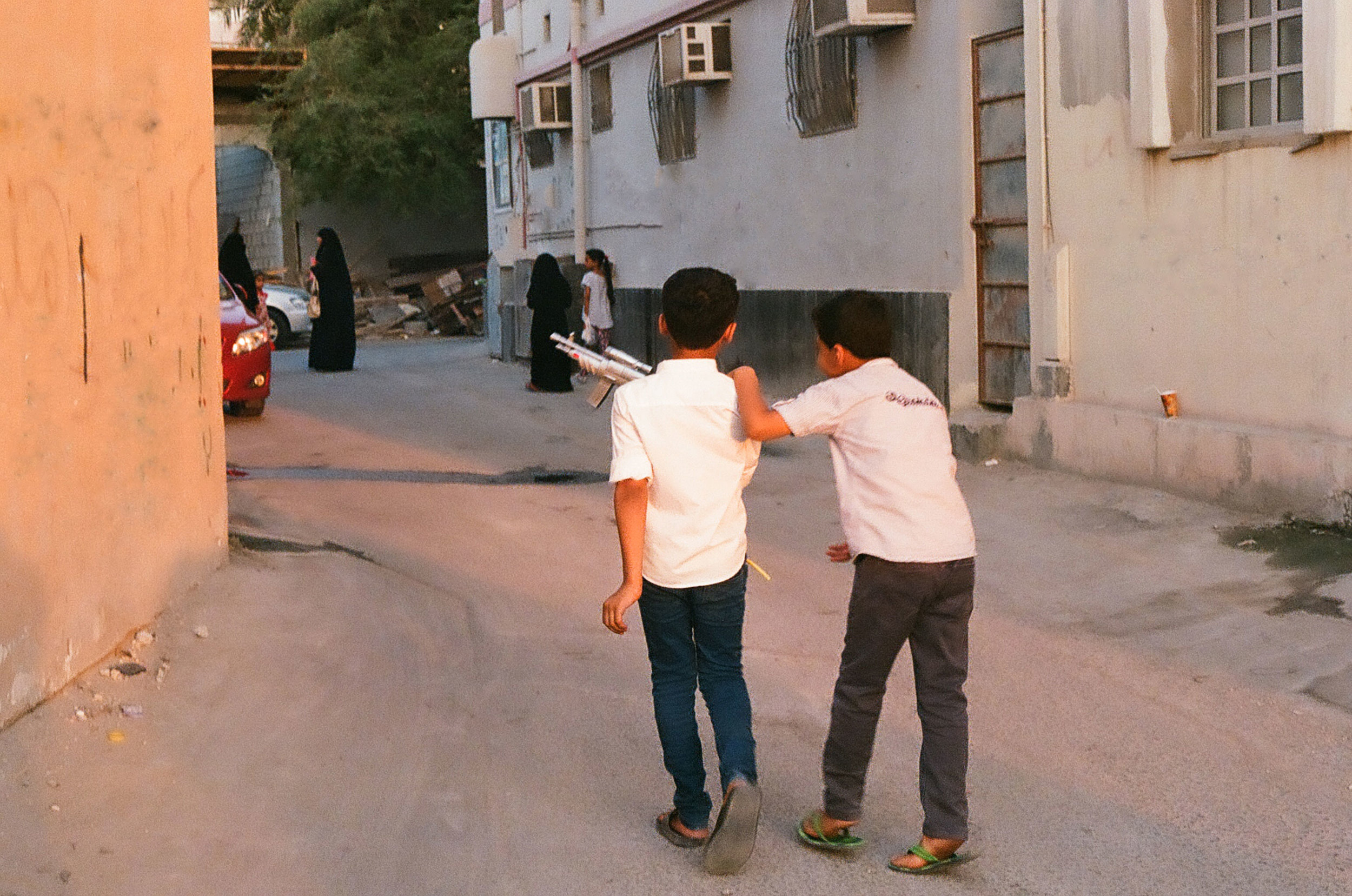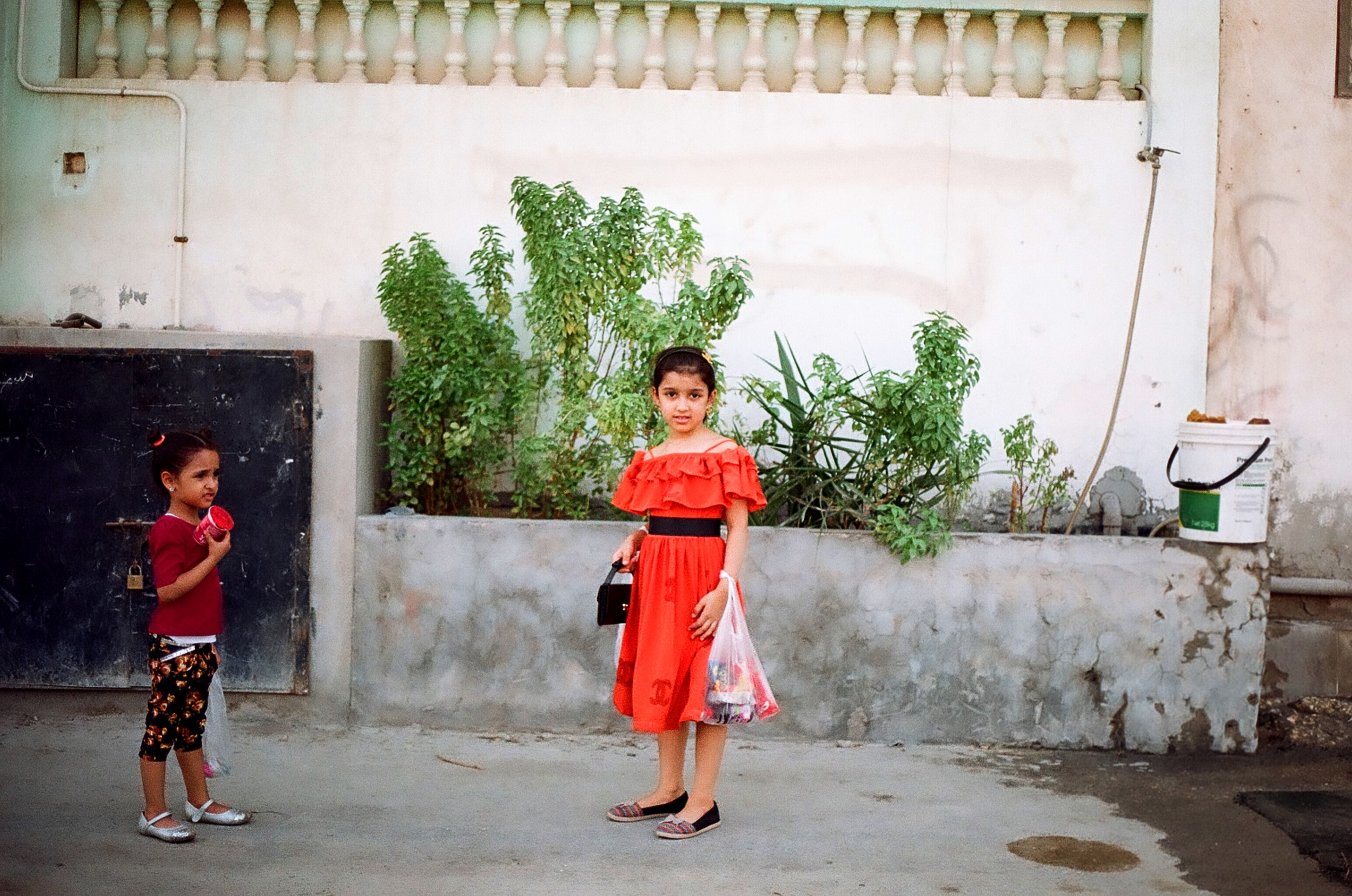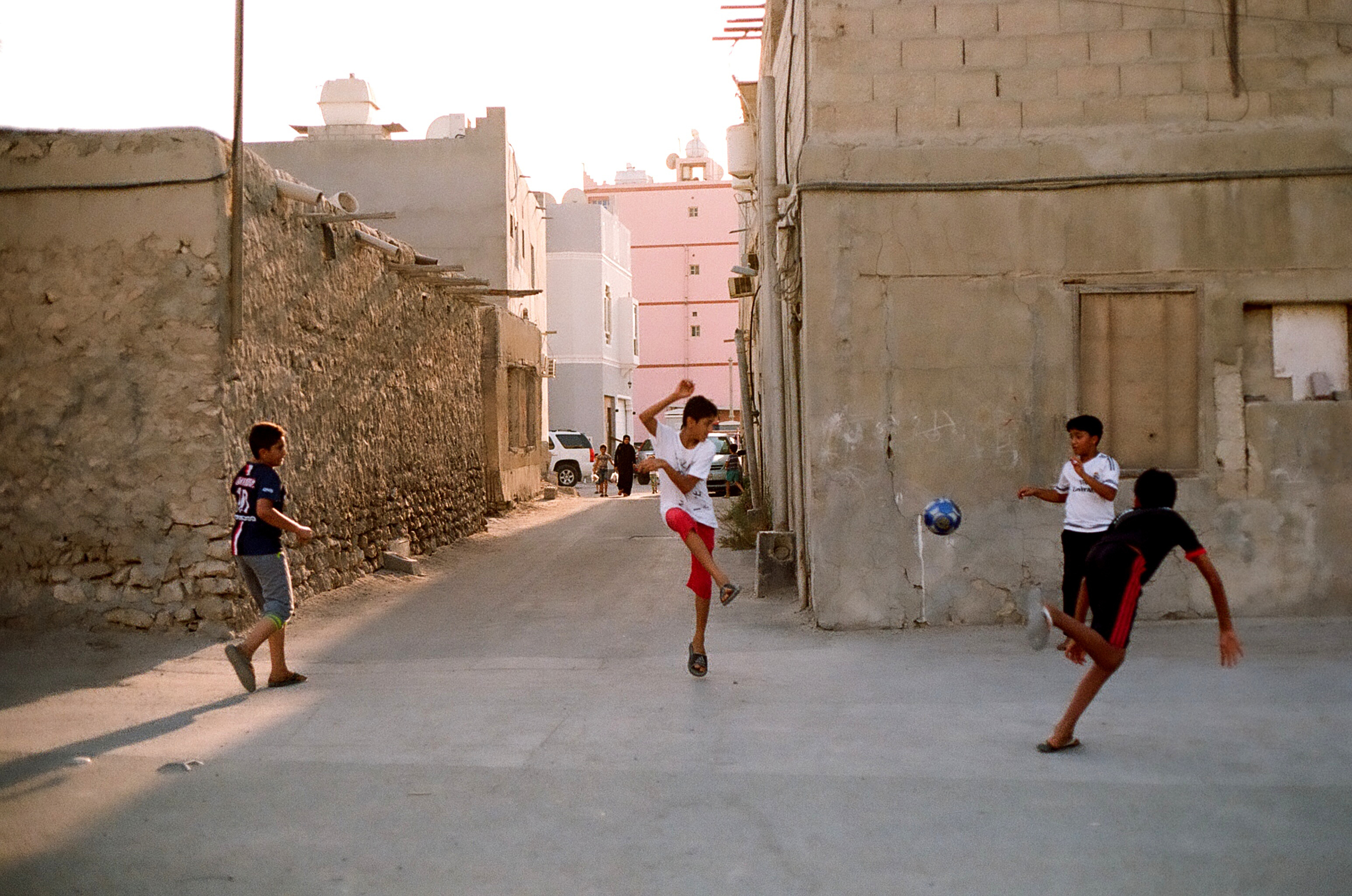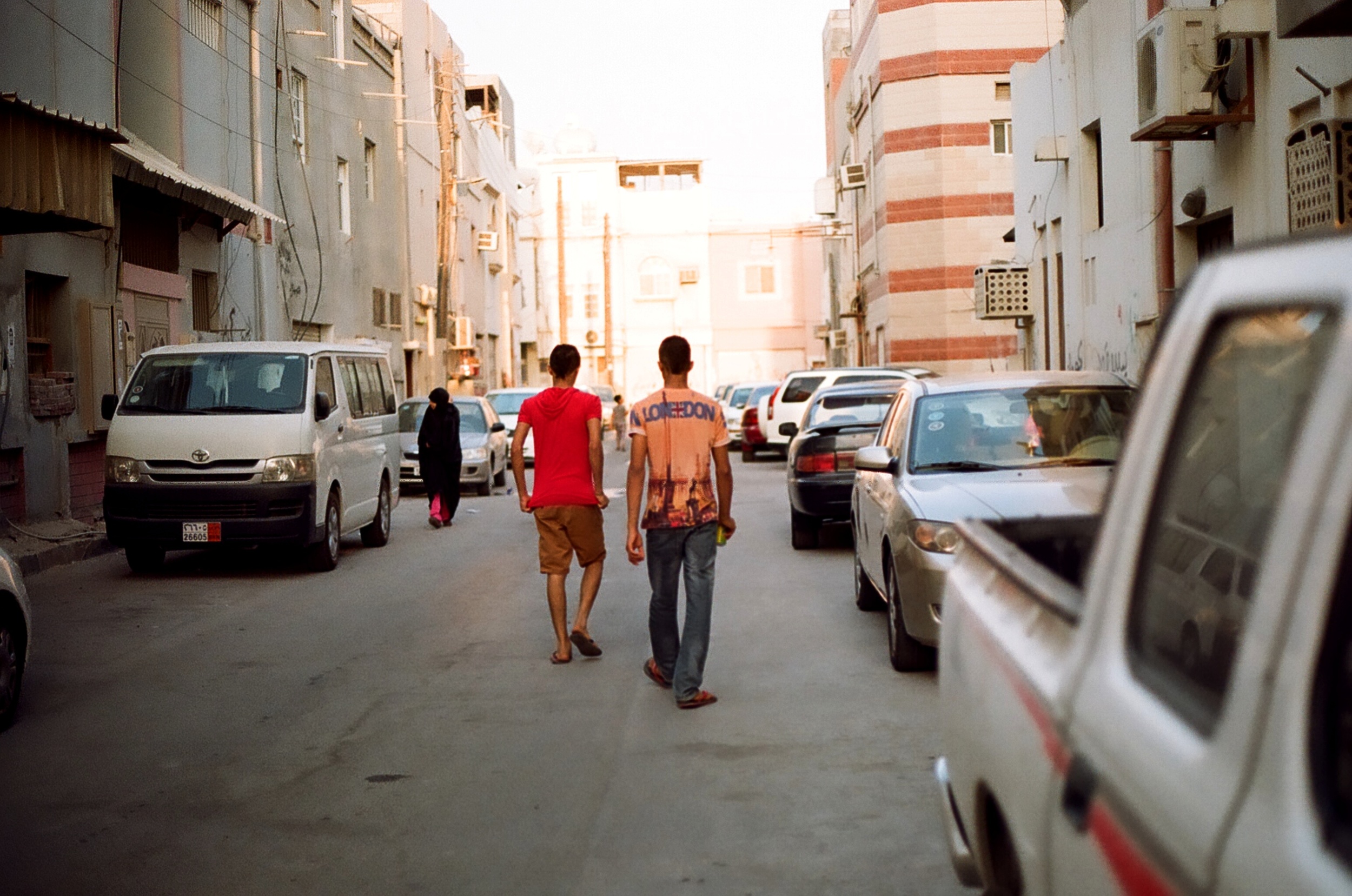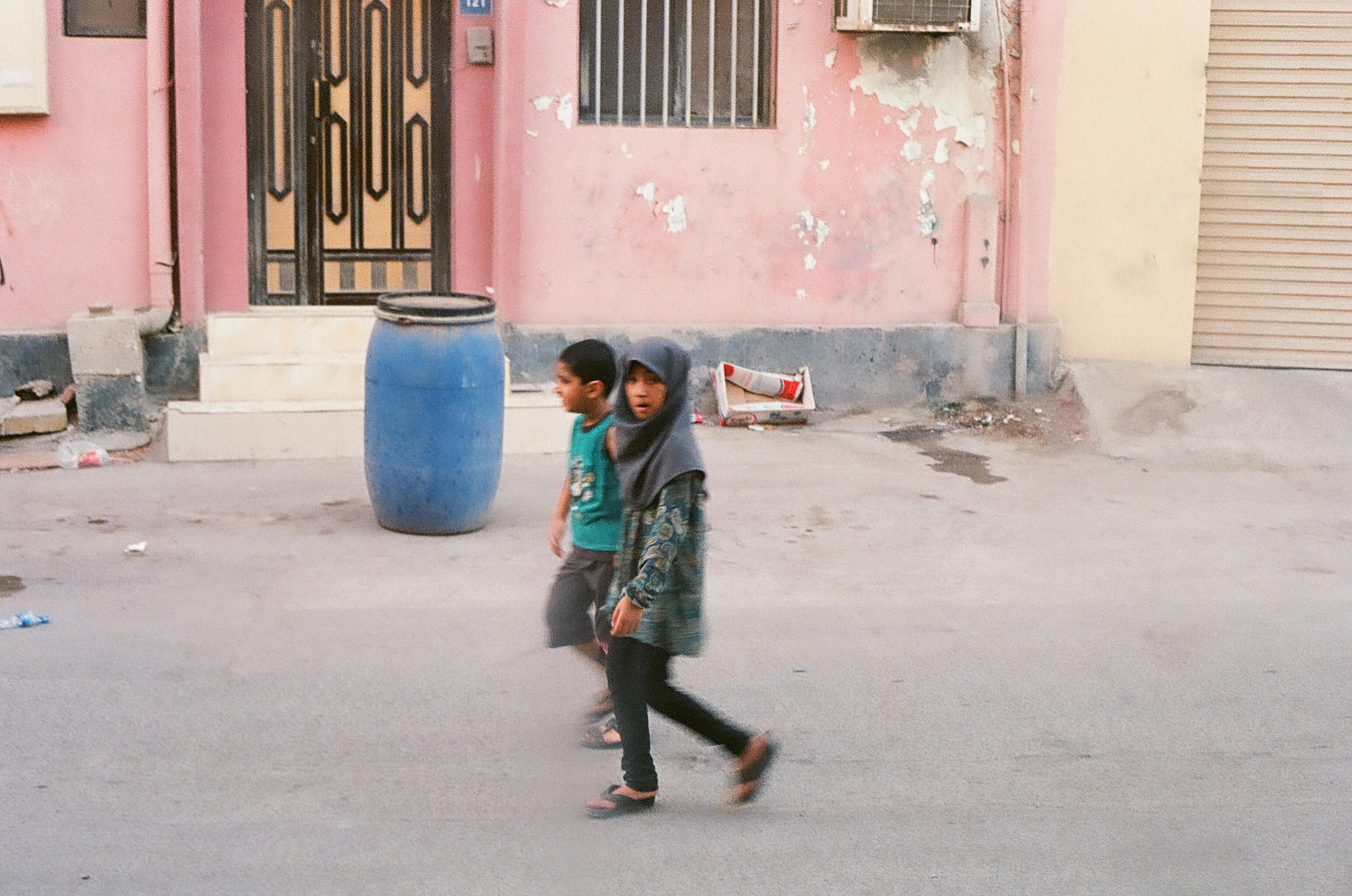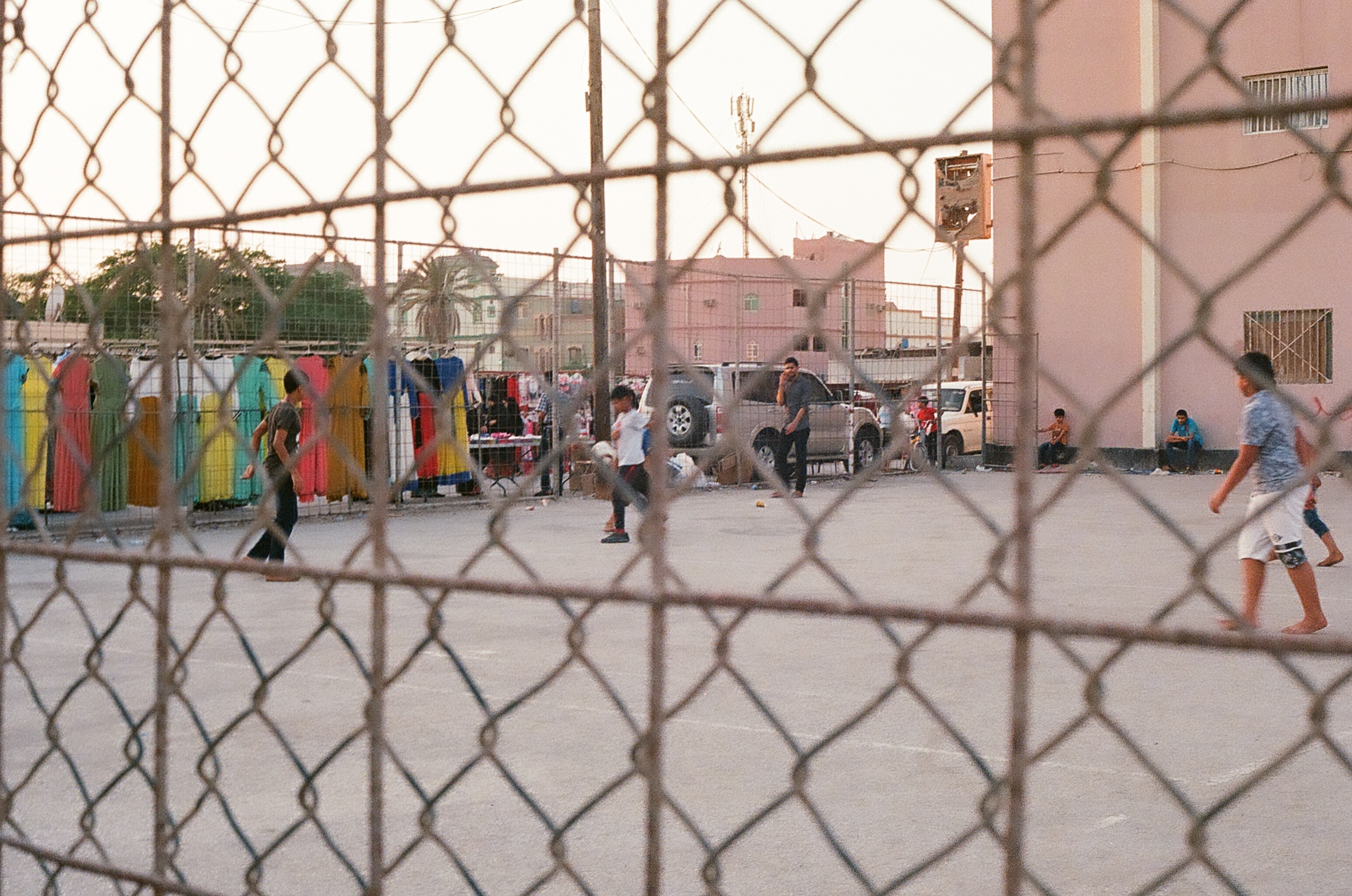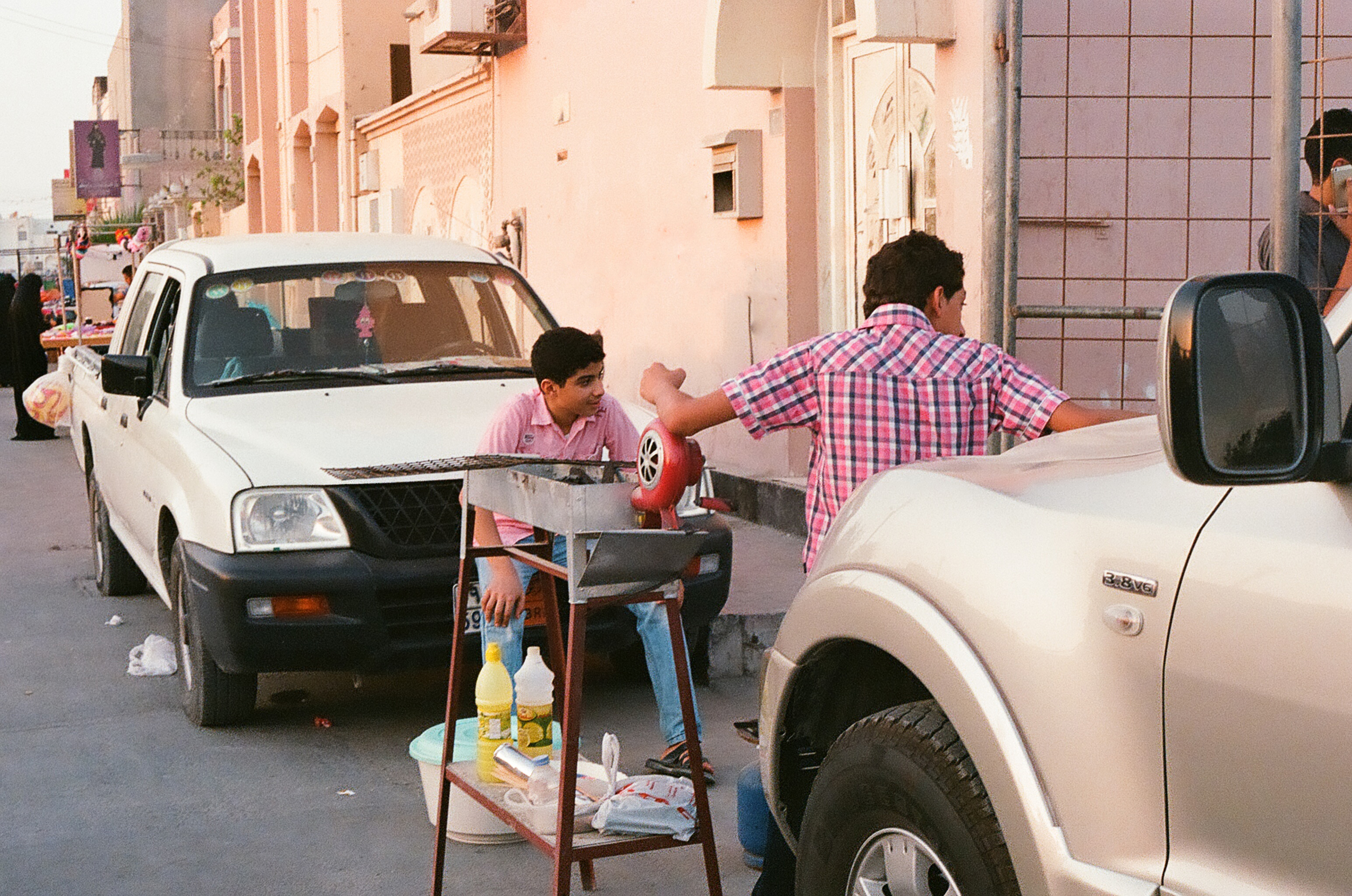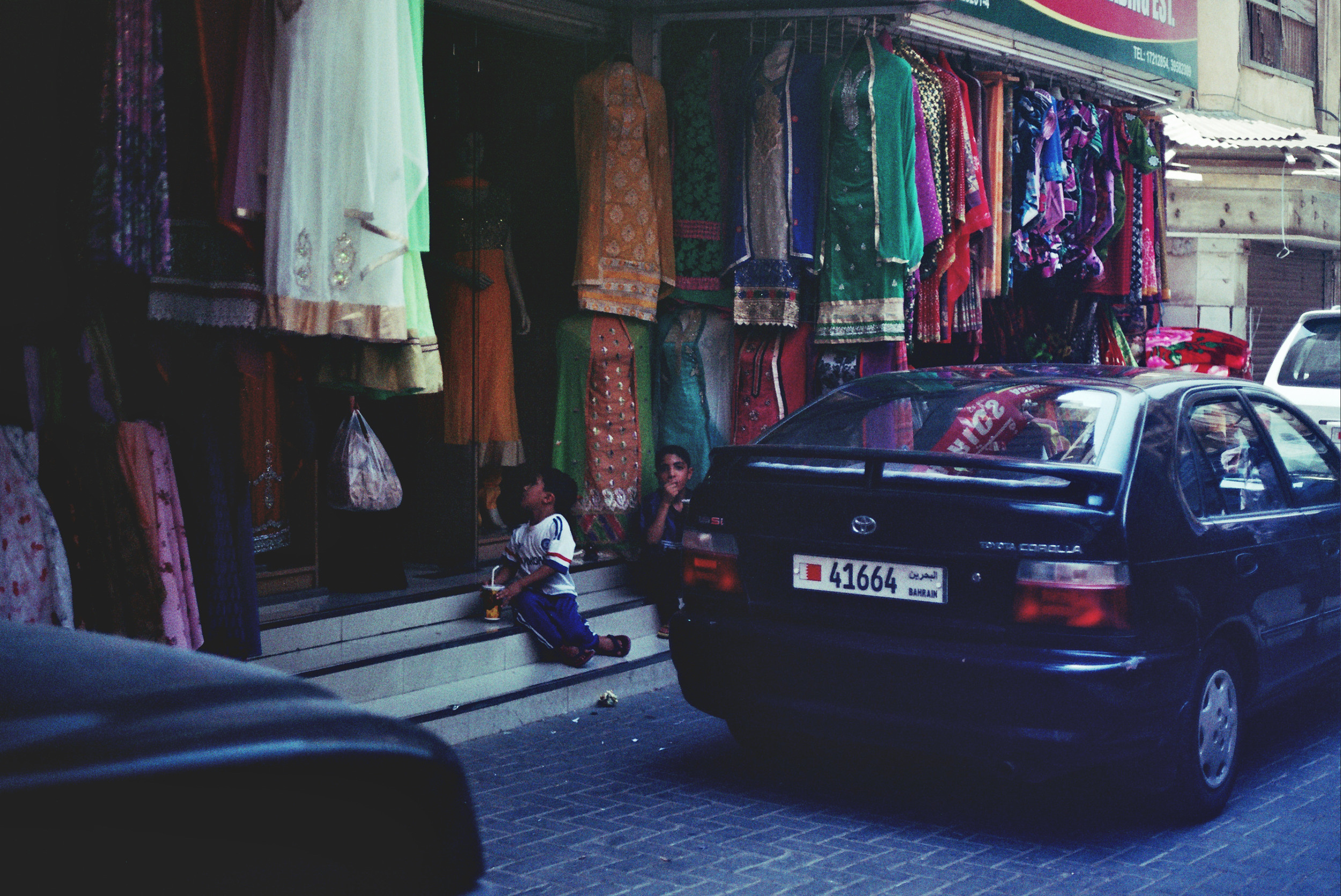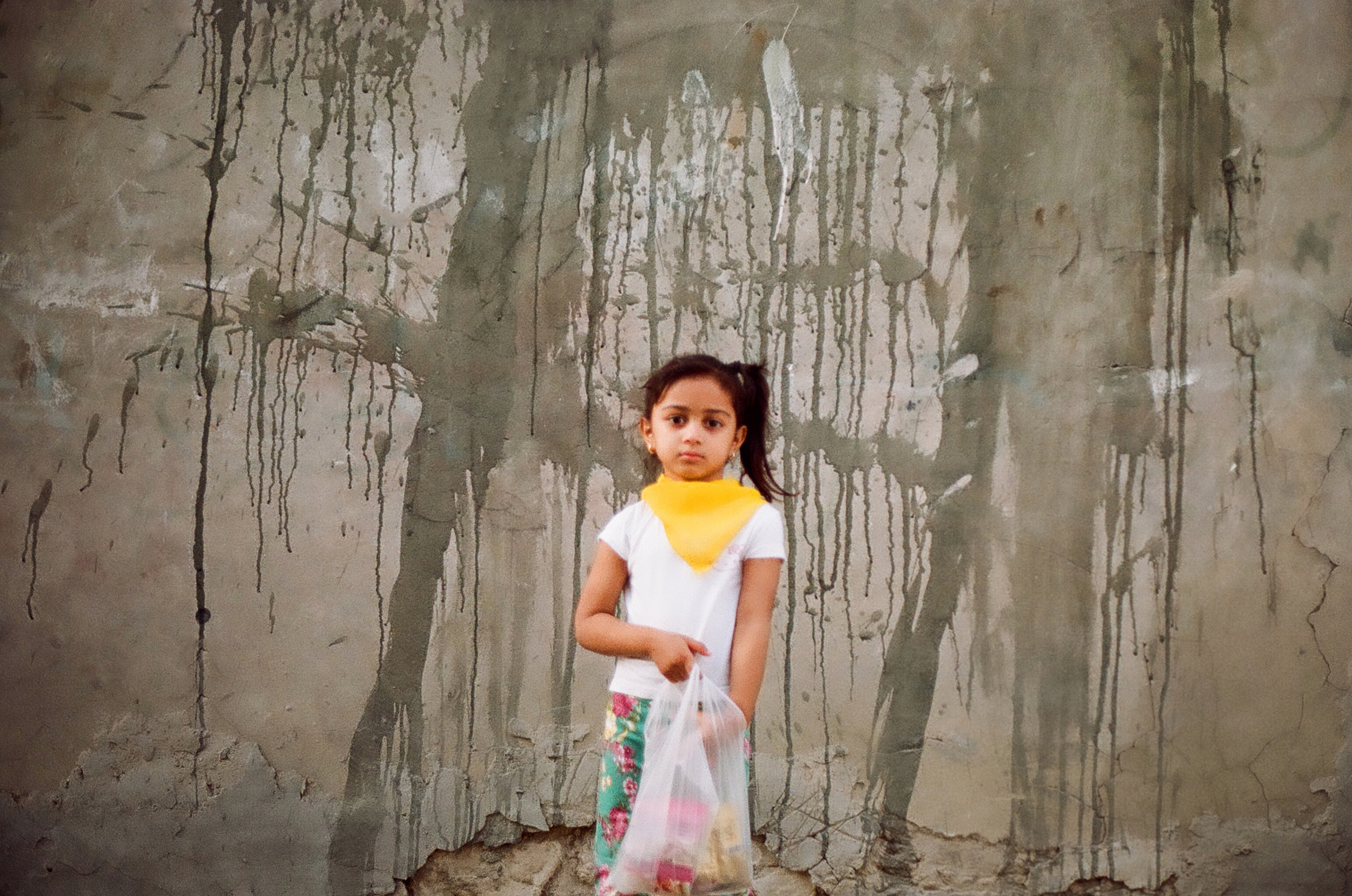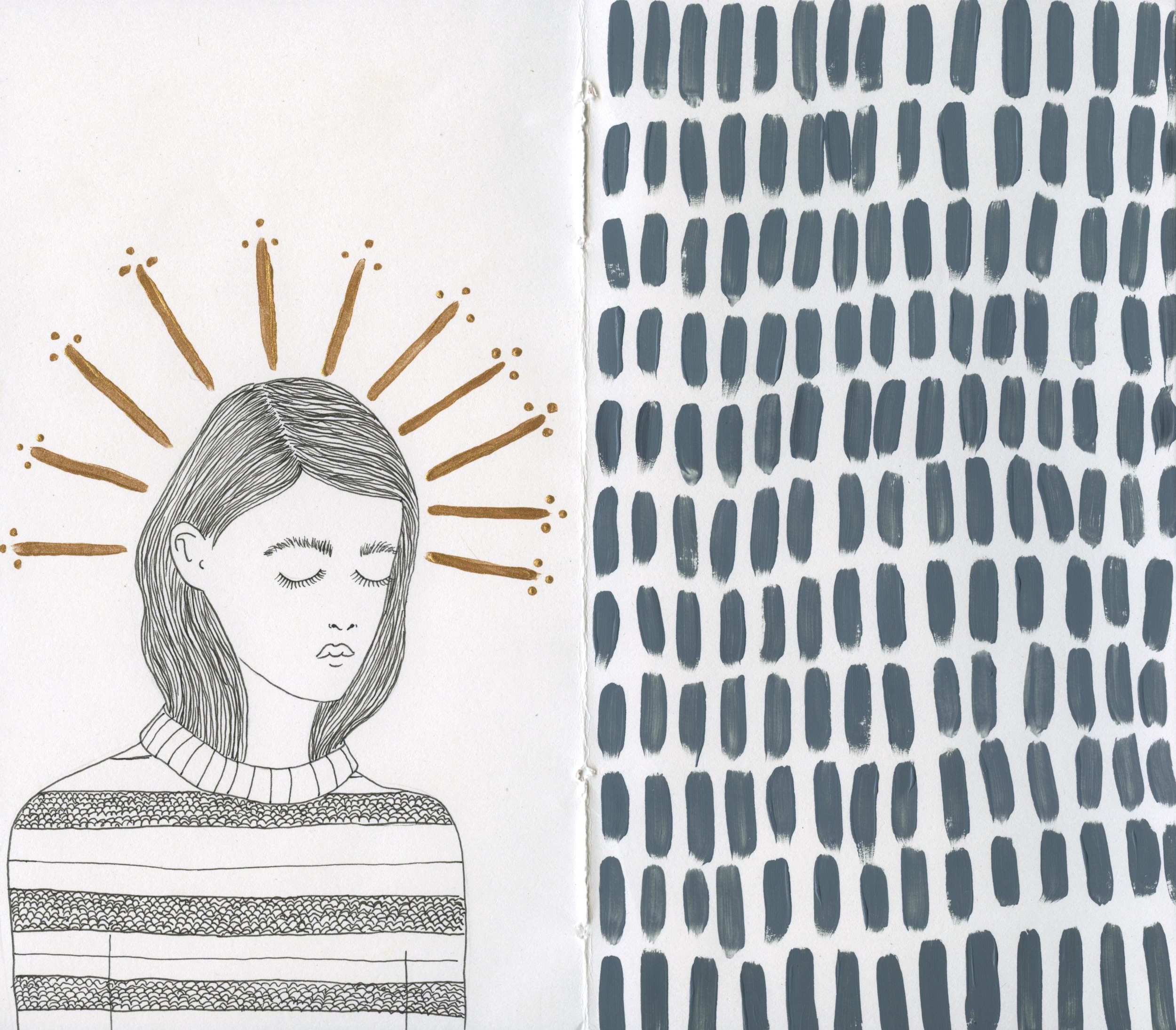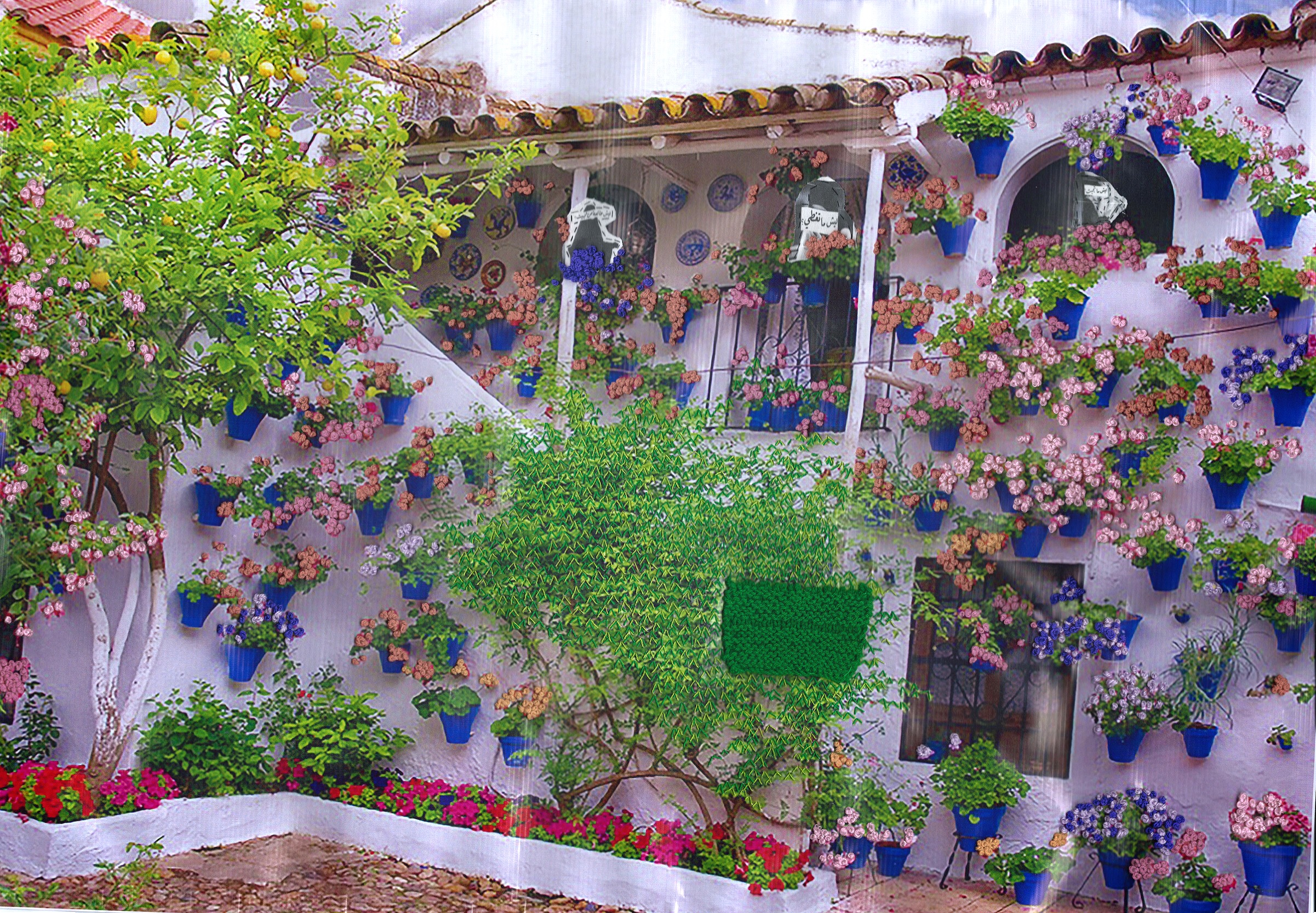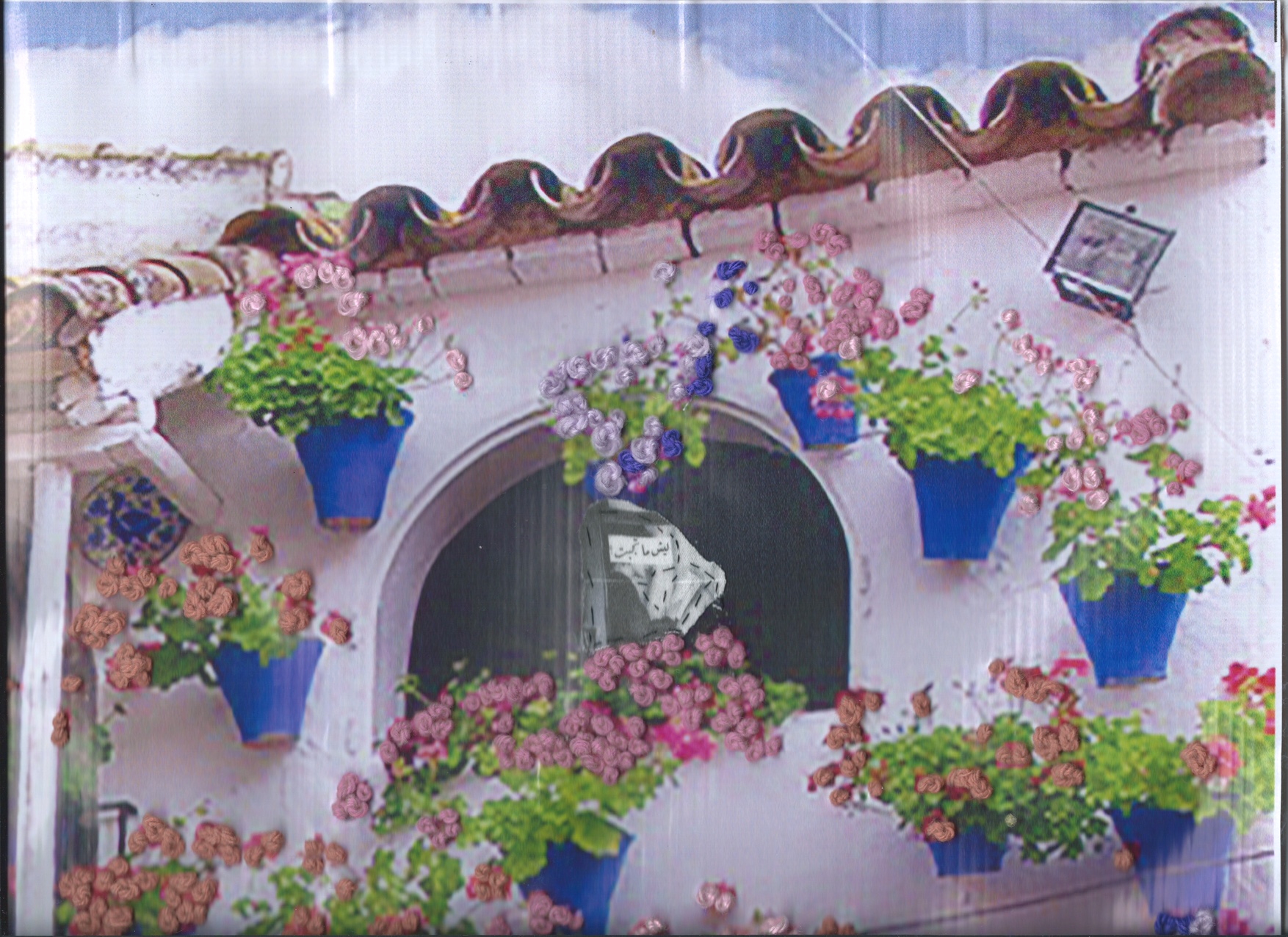KMANJAH #1: II WAVEZ
Exhaling heartfelt human oceans bit by bit, this how the Kuwaiti indietronica band gives out their music to the world. II Wavez, a band consisting of two rad girls; Cera, a fine arts student who plays the keyboard and drums, and Ghaliya, a high school student who plays the guitar.
The band was formed in 2013, and has two albums so far: Ocean of Love and Youth, with the first consisting of two tracks and the latter consisting of five.
POSTCARD #3
Vanakkam,
Yesterday, after the temple we meditated under the moon in the garden, it gets fresher at night which is nice because it’s hot here. We made couscous for the neighbours and ate all together.
It’s been 3 days and I feel like a warrior, I have decided which path to take, I’m a strong and successful person, you’ll see that when I come back. We have 7 more days to go, Maa-ji has never been more radious, I dont wanna leave.
I love you,
Poitu Varen.
THE EXPANDING UNIVERSE // HANAA MANSOURI
Remember that night the universe stretched
so that it met my right-hand’s fingertips.
My left hand was intertwined with yours
as we watched the universe grow
right before our eyes.
We disappeared in our own minuteness
but for once it didn't matter,
how small we are
we were still larger than those brilliant, lonely stars,
the oceans that kissed our feet,
and the forests that imprisoned us.
I counted planets off your fingertips
and recited the constellations in your eyes
as the sound of your voice washed away
the raging universe
that was shrinking me in the wake of its expansion
CHILDREN OF BAHRAIN // HAYAT
PORTRAITS // REEMA MOTIB
THE KING, THE DREAM AND THE CHICKEN CAGE // LEEOR OHAYON
This essay is an on-going first chapter from a long-term project, which follows Mizrahi Jewish communities since the first wave of departure from the Arab world in 1949. A two millennia old civilisation that stretched a diverse linguistic and cultural space, from Morocco to Iraq, from Yemen to Libya, numbering a million souls, which has dwindled to an estimated 8 or 9,000 souls today. The project serves to be a reflective portrait of the former Jewish communities of the Arab world at the turn of the 21st century, what has changed and where are we going, what have we lost and what have we gained. To create a comprehensive catalogue of work that allows for future Mizrahi Jews to identify with, in a world that leaves little room for their acknowledgement. Newer generations find themselves caught between the contradictions of the Middle East conflict and its strive for homogenous identity blocs of “Arab” or “Jew” on one hand, and the Ashkenization of mainstream Judaism on the other. Creating an irreversible havoc on the ancient indigenous Jewish identities of the Middle East and North Africa.
The King, the dream and the Chicken cage serves as a portrait of Moroccan-Jewish identity in southern Israel today, nestled in the development towns of the periphery. An identity still zealously guarded, flaunted with pride but subject to the cultural hierarchy anchored into the Israeli environment, which has undoubtedly moulded and transformed Moroccan identity within a generation. Soon-to-be-brides sit patiently as the last link to Morocco, a grandmother or mother, presses henna into her psalms to signal her transition to married life. Men in Chinese made Fez hats sipping Coca-Cola in a community hall, code switching between Moroccan Arabic, Hebrew and French. Signs of an identity refusing to give way to a wider Western –Israeli identity, but one that is ultimately waning with each generation that knows only the Eurocentric education system in which he or she was raised, and that system’s definition of what it means to be Moroccan.’
ليش ما تتحجب؟ // MASHAIL FAQEEH
"Why didn't she wear hijab?" "Why didn't she cover her face?" "Why did she get out of her house?" Three questions that were addressed to victims of rape, referencing that women have "brought this upon themselves" because of the way they chose to dress. Now they're all delighted for they have left the earth, to the people who belong to it.
ثلاث أسئلة سؤلت لضحايا الاغتصاب. في تمليح إلى المرأة أنها قد "جلبت ذلك على نفسها" بسبب أسلوبها في إختيار الملابس. الآن هم منعمين في مكان أسعد، وقد تركوا الدنيا لأهلها.
ESSAY: Guillermo Del Toro’s El Laberinto del Fauno (Pan’s Labyrinth) // MESHARI
EXCERPT:
Guillermo Del Toro’s 2006 film Pan’s Labyrinth/ El Laberinto del Fauno tells the story of a young girl, Ofelia, and her journey through the tasks set to her by a fantastical faun creature against the backdrop of 1940’s Franco Spain. On the outset, the story of Ofelia being a princess and going through her journey to be reunited with her father (a king of a magical kingdom) seems to be a classical formula for a fairy tale, yet Del Toro breaks that mold, warping it to encompass a wider range of emotional and narrative maturity. Within the diegesis of the film, Del Toro cleverly employs elements from past mythological traditions as both a symbolistic and narrative driver enhancing underlying the structure of the film as a whole. This essay will discuss how Pan’s Labyrinth adopts and adapts these preexisting mythological traditions, giving each tradition its own distinctive meaning within the overall narrative of the film.
// read the rest of this brilliant essay, here. //
